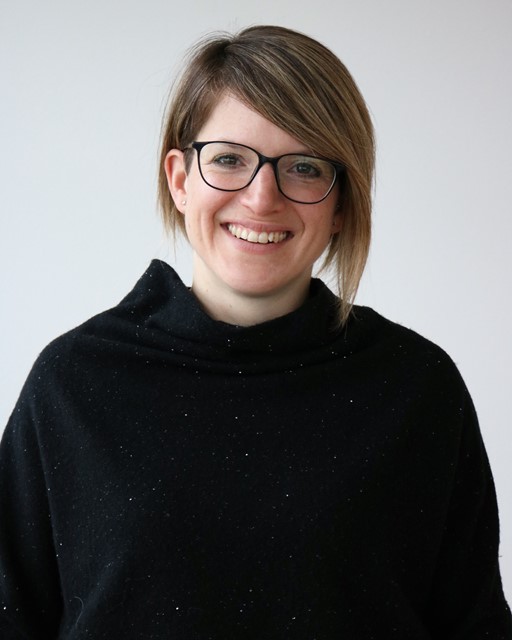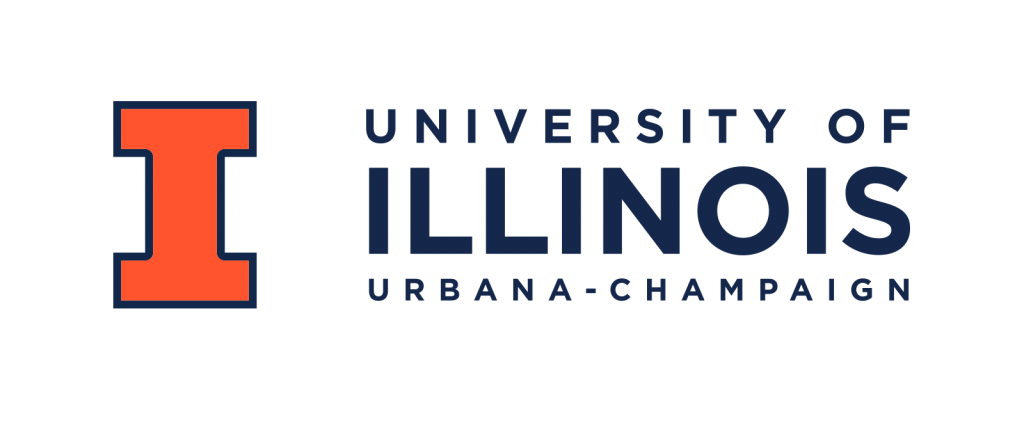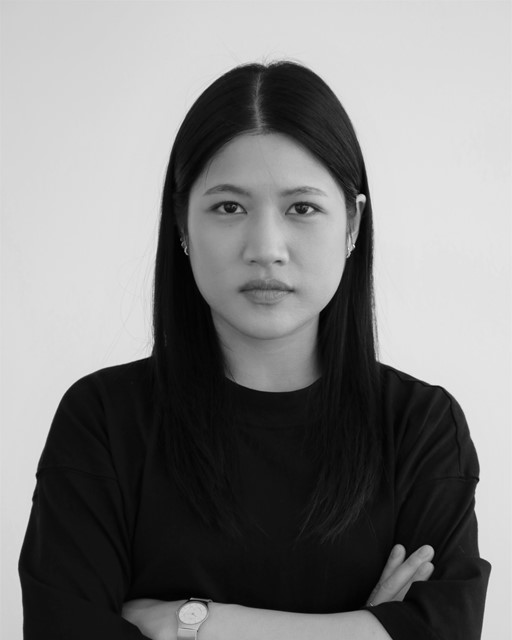

In this webinar we'll talk about the design element of communications around open access. We will hear about a recent study looking at indicators of open access for readers, and hear from a designer about visual consistency with respect to conceptual coherence in product design and the implications on user experience. After the short presentations we will move onto a discussion around the topic, and discussion of solutions that might make communication around open access easier for readers and authors.
This webinar discussed the design element of communications around open access. Our guest speakers were Lisa Janicke Hinchliffe and Kalyn Nowlan from the University of Illinois Urbana-Champaign and ChronosHub’s UI/UX designer, Yen Trinh, who recently acquired her Ph.D. from the Norwegian University of Science and Technology. Romy Beard from ChronosHub moderated the session.
Lisa Janicke Hinchliffe and Kalyn Nowlan began the webinar by presenting their recent research into the indicators used on scholarly publishing platforms. Their research was guided by two questions: how platforms indicate which articles are open access and whether there is consistency in the indicators used. For the study, they selected 5 major publishers: Elsevier, Springer, Wiley, Sage, and Taylor and Francis, for analysis, as they are all likely to be used by faculty members and researchers. The study aimed to check for consistency both within and across the selected platforms, hoping to expand the study beyond these publishers in the future.
Two types of searches were conducted - table of contents search and keyword search - and they recorded the open access indicators used by different publishers. The results showed that the platforms were mainly internally consistent in using open access indicators, but the indicators varied greatly across platforms.
Next up was Yen Trinh, a user experience and interface designer with a background in engineering design. She specializes in user perception and experience of design and joined us at this webinar to present the topic of visual consistency with respect to conceptual coherence. She argued that absolute consistency can be dangerous for design perception and that coherence must be considered even if consistency is considered. Yen believes that there is confusion about the concept of open access and its visual representation and that there is a need for guidelines that can help maintain consistency while being flexible enough for different user interfaces. She also noted the lack of consistency in the way open access is represented visually, contributing to confusion for users.
After the presentations, Romy Beard kicked off the discussion round, where the speakers discussed the issue of inconsistent icons in the scholarly publishing industry. They agreed that some standards or agreements are needed for icons and pointed out that the community needs to communicate the importance of it. However, the decision needs to involve librarians, publishers, and end-users, who provide feedback. The speakers also believe that individual publishers are doing their best but agreed that one publisher could not own the cross-platform experience.
We hope this webinar is a step towards a greater discussion for a more consistent and user-friendly representation of open access in the scholarly publishing industry.
Romy is specialized in the academic online publishing industry, with a focus on publisher relations. And she’s one of our key experts in Open Access publishing terms.







Yen is interested in the embodiment of product interactivity for user interaction. She is able to create and implement innovative design solutions to analytical user problems.